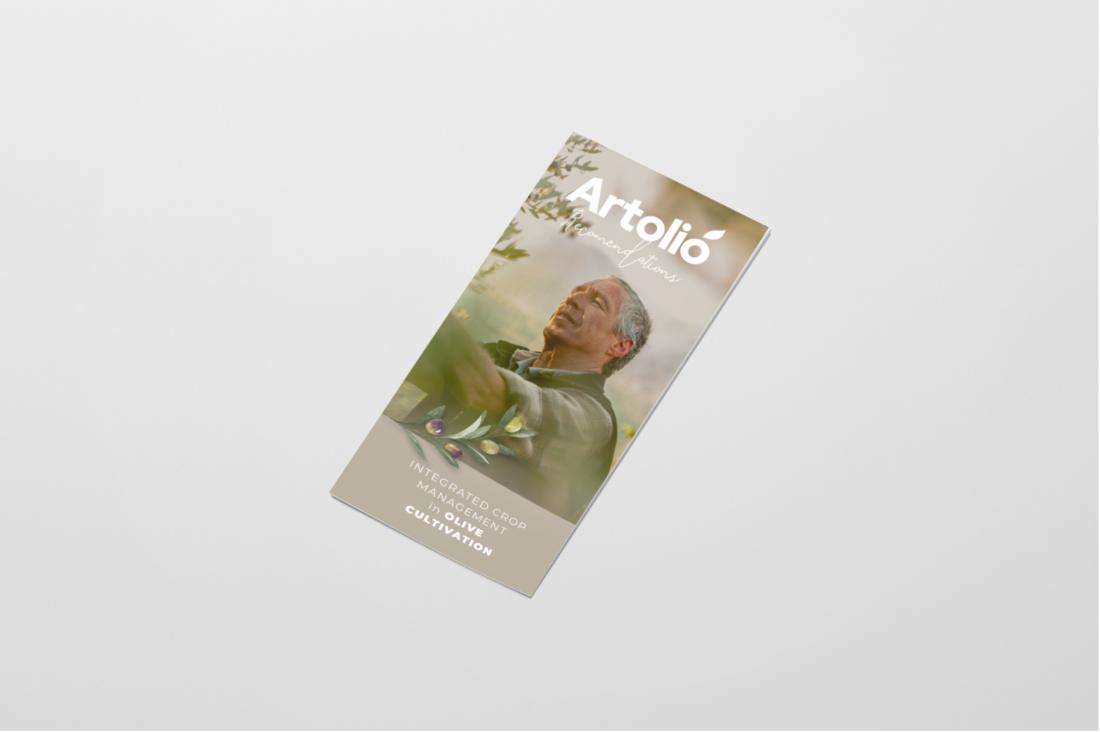ARTOLIO presents: Integrated Crop Management in Olive Cultivation, or ten recommendations one must follow when tending to the olive groves.

One of the objectives within the ARTOLIO project is to leave a legacy, something the farmers participating can hold on to so that, even when the project is over, they will be assured that they’re doing things the right way. With this in mind, Ehud Soriano, ARTOLIO partner from Israel and agronomist, has worked with the farmers and the partners of the project to create a list of recommendations that should be considered when tending to the olive groves.
These are the ten commandments of olive tree cultivation and olive oil production:
1. IRRIGATION
Routine and consistent irrigation is essential to maintain tree health, improve olive yield, reduce alternate bearing and improve oil quality.
2. FERTILIZATION
Nutrients need to be supplied to allow for new tree shoots to develop and to reduce alternate bearing and maintain tree health. Fertilization amounts are based on leaf analysis (annually) and soil analysis (every 3 years).
3. PLANT PROTECTION
Monitor your olive grove, identify problems, assess with a specialist and apply appropriate measures. Pesticide use should be used wisely in order to protect our family, our environment, and ourselves.
4. WEED MANAGEMENT
Weeds between tree rows help to maintain soil from eroding and reduces its loss, aids in natural pest control and protects the soil from water loss during the summer. Avoid herbicides and tillage. Trim weeds instead.
5. PRUNING
Pruning is one of the most important operations in olive cultivation. With strategic pruning, we improve olive yield, reduce alternate bearing and increase airflow. Thus, helping to reduce pests and diseases while lengthening the productive life of the grove.
6. HARVESTING
Harvesting must be done at the optimum stage of fruit maturity. A Maturity Index and fruits oil and moisture content should be determined, starting from September 15th and repeat at least every fifteen days until harvest. Harvest only fruits from the trees, not from the ground, with the least possible impurities: leaves, branches, etc. A delay in the harvest time affects the quality of the olive oil, reduces tree vigor and next year's production.
7. POST-HARVEST MANAGEMENT
The fruits must be transported to the mill within the same day of harvest. The longer it takes to get the fruits to the mill, the more degradation can occur due to biological processes and overheating, resulting in lower oil quality. Fruit crates or boxes can be used with openings on the sides, to ensure good ventilation.
8. FILTERING
Filter the olive oil within a week of its extraction at the very latest; otherwise it will gradually acquire negative organoleptic characteristics. Use filters, preferably made of paper (cellulose), with which gently filter the final product.
9. STORAGE
Olive oil has five enemies that affect its quality and shelf life: light (artificial or natural), heat, oxygen, moisture, and sediments. To maintain quality, it is important to avoid all five at any point after extraction. Avoid plastic packages to store olive oil.
10. TRACEABILITY
Documenting and recording all activities throughout the chain of production, from tree to bottle, allow us to be more professional as farmers and producers, to avoid errors and control economic variables during cultivation while also enabling us to make the best decisions for our olive oil.
These suggestions will be available to all farmers, compiled in a physical copy designed by the ARTOLIO marketing team, in their respective native languages: Spanish, English, Greek, Hebrew, and Arab.









